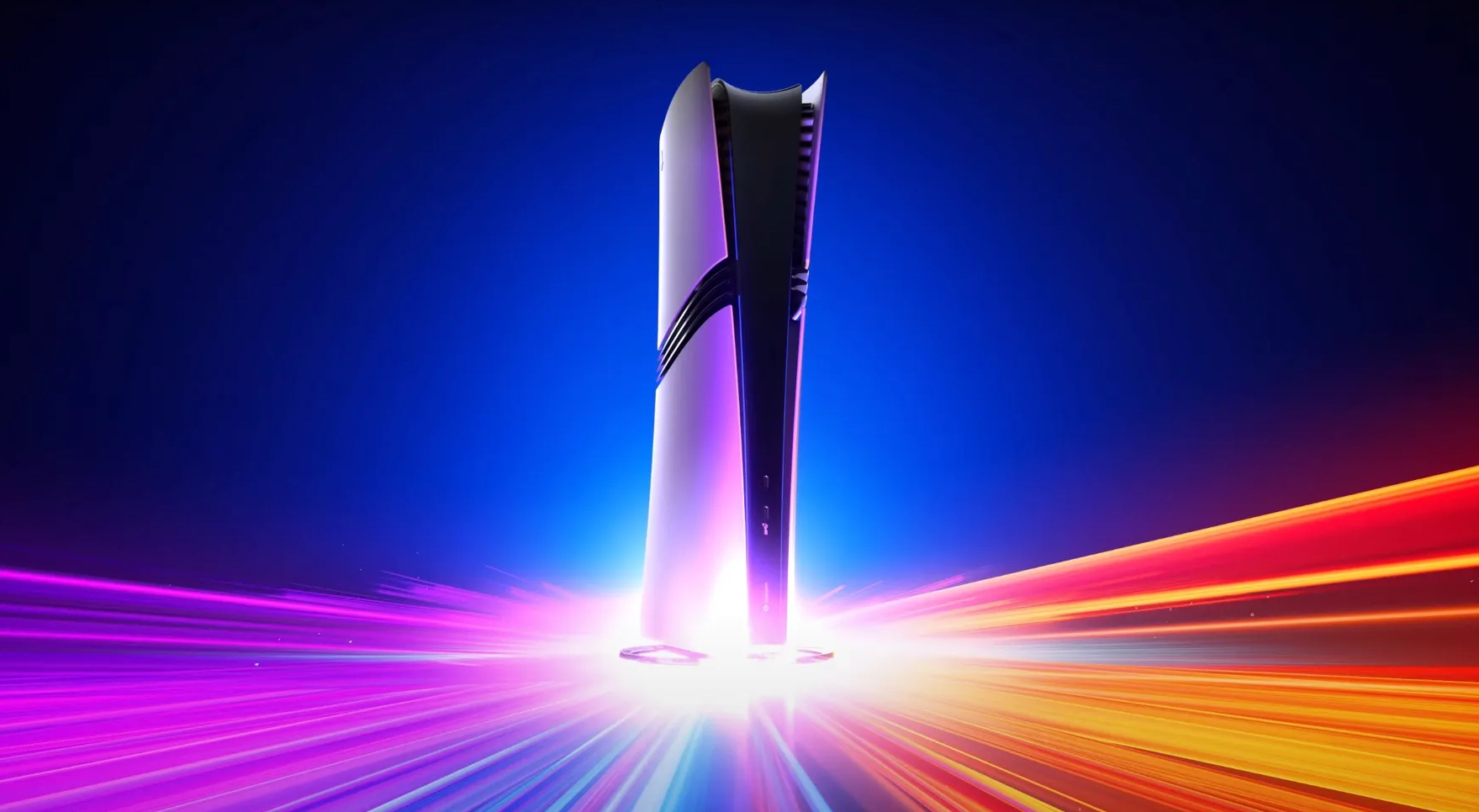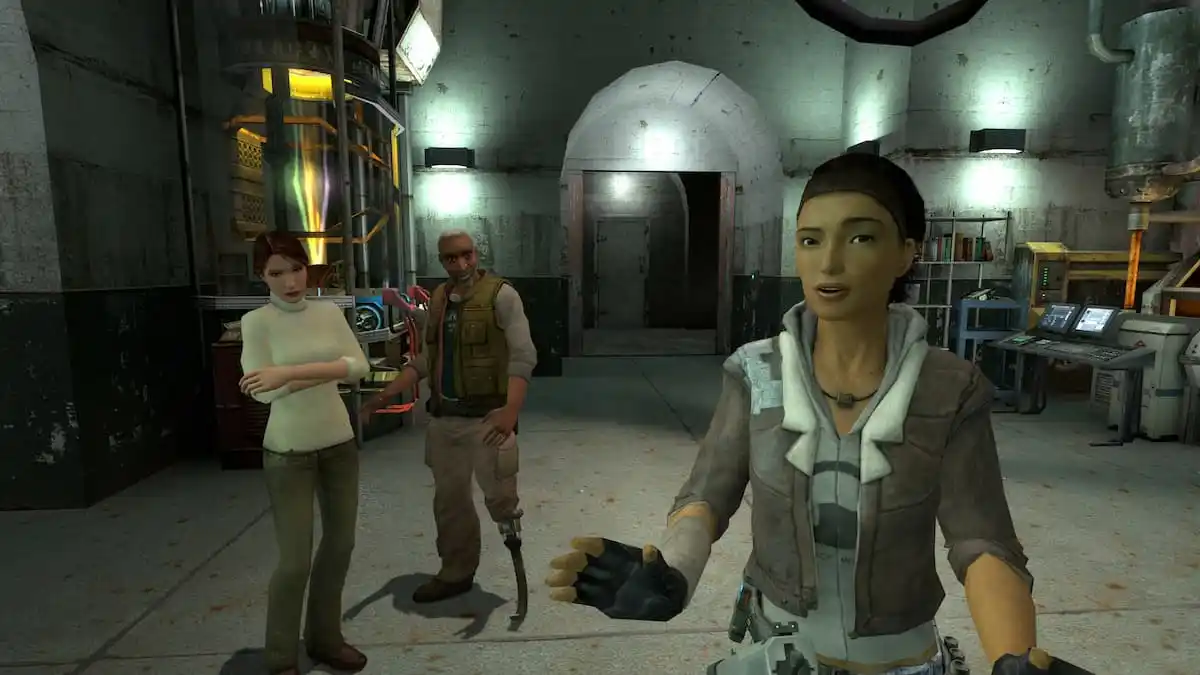
High performance console gaming just got much more expensive.
And so the Sony PS5 Pro has arrived. Verily, it’s far, far more powerful than the clunker that is now the plain old PS5, but it’s also a lot more expensive at $700. And that, dear PC gaming friends, begs the very obvious comparison.
Boil it down to basics, and the PS5 Pro is a $200 premium for a GPU upgrade. The rest of the PS5 Pro’s hardware hasn’t changed much. In that regard, the new console itself it quite gaming PC-like with a heavy emphasis on graphics performance spend.
But the uplift from $500 to $700 puts the Pro into territory where it might just have to fight to justify its existence. That’s not a problem the $500 regular PS5 had to worry about. As an overall gaming platform, a $500 PS5 versus a $500 ‘gaming’ PC was always a bit of a non starter. It’s just not enough money to build a decent entry-level rig, but $700? Well, that’s a little more plausible.
Gaming PC vs PS5 Pro: GPU
Now, in pure graphics rendering terms, you’re going to struggle to fully match a PS5 Pro with a $700 PC. The new PS5 Pro has a revised GPU with 60 AMD compute units. That’s the same number as a desktop AMD Radeon RX 7800 XT, which goes for $475 and upwards on its own, and to which you’ll need to add a case, motherboard, CPU, memory, storage and power supply, at minimum.
Of course, 60 PS5 Pro compute units aren’t directly comparable to 60 desktop AMD compute units. The desktop GPU will almost certainly have the higher power budget and clockspeed, probably more cache memory and so on.
On the other hand, the new GPU in the PS5 Pro has upgraded ray-tracing hardware that may well be more powerful and efficient than the RDNA 3 hardware in the RX 7800 XT. And while the desktop GPU will likely have that bigger power budget, it’s always a case of diminishing returns as you approach to top end of the power scale.
By way of example, 40% more power doesn’t mean 40% more performance. It might only translate into 10% to 15%. Moreover, consoles tend to have lower overheads and make more efficient use of their hardware than PCs.
Anyway, taken in the round, the PS5 Pro will probably be a little slower than a desktop RX 7800 XT for traditional raster performance, but likely on par or even a little quicker with ray tracing thrown into the mix. You also have to factor in the vagaries of comparative CPU performance, what with the PS5 Pro’s elderly AMD Zen 2 cores, memory subsystem, storage, and the rest.
Gaming PC vs. PS5 Pro: CPU
(Image credit: Sony)
(Image credit: Sony)
(Image credit: Sony)
(Image credit: Sony)
(Image credit: Sony)
(Image credit: Sony)
So, yeah, those CPU cores. The PS5 Pro really is mostly a graphics upgrade. It has the same eight Zen 2-spec CPU cores as the original PS5 running at the same 3.5 GHz.
Now Zen 2 isn’t exactly a dud CPU architecture. But over in the PC, we’re fully three generations ahead on Zen 5 and with clockspeeds well over 5 GHz. Of course, you’re not going to be building a brand new PC with a top-spec Ryzen 9000 chip with Zen 5 cores, plus a good GPU and all the other bits, for $700.
But you might well be building one with a Ryzen 7000 Zen 4 chip, or an Intel 12th or 13th Gen CPU, all of which will blow a hole in that Zen 2 CPU in the PS5 Pro. How much does that matter for gaming? Arguably, even an old Zen 2 CPU is fine for most games. But most games are not all games, and even a mid-range modern PC processor has the measure of the PS5 Pro.
Gaming PC vs. PS5 Pro: Storage
PCIe Gen 5 SSDs are available for the PC, but the advantage for gaming is arguable. (Image credit: Future)
The PS5 Pro is largely a discless system, so it certainly needed an SSD upgrade. Fortunately, it got one, up from 1 TB in the PS5 Slim to 2 TB. Arguably, that’s a bear minimum for modern gaming given how much space Triple-A titles suck up these days.
That said, the PS5 only has 825 GB of available space, so we’ll have to wait and see how much actually usable space the PS5 Pro has. Specs-wise, The PS5 already had a PCIe 4 quad-channel storage interface, something that’s carried over to the PS5 Pro.
Admittedly, the PC can be had with PCIe 5 for double the bandwidth. But even as PC fans, we’re not going to claim that’s a huge real-world advantage for gaming. And you’re not likely to get a Gen 5 SSD with an entry-level to mid-range PC. All of which means that SSDs and storage generally are a bit of a moot point in this comparison. Neither platform has a killer advantage.
Gaming PC vs. PS5 Pro: Price
A PC with an RTX 4070 is quite a bit more money than even the new PS5 Pro. (Image credit: Future)
At the top level, the PS5 Pro still has a price advantage, even at $700. That price point just doesn’t buy a huge amount of gaming PC. Drilling down into the details, however, is a little tricky.
Unfortunately, we don’t have our hands on the PS5 hardware, so precise comparisons of performance and therefore what you’re getting for your money aren’t possible. Even if we did, comparing a game running on PC to ostensibly the same title on console isn’t straight forward. You can’t ensure you’re running exactly the same settings and quality, the codepaths typically aren’t identical.
But with all those caveats aside, the PS5 Pro’s potential frame rate performance will likely come in somewhere between the RX 7800 XT and RX 7700 XT in terms of relative PC GPUs. And likely closer to the former. At first glance, that looks like game over for the PC. After all, you ain’t buying a pre-built gaming rig with a RX 7800 XT for $700.
In fact, the cheapest currently available on NewEgg is $1,150. Downgrade to the 7700 XT and you’re looking at a touch over $1,000. Over on the Nvidia side of the PC fence, an RTX 4060 Ti box can be had for just under $1,000, but will almost certainly be a fair bit slower than the PS5 Pro in terms of pure raster performance.
As for RTX 4070 rigs, there are actually some very appealing deals starting at $1,100. But that’s only really appealing versus other PCs. You’re still talking about spending $400 more than that pesky console.
Gaming PC vs. PS5 Pro: Upgrading
A PC gives you so many more upgrade options. (Image credit: Future)
In simple value terms, then, the PS5 Pro is still the obvious pick for a pre-built, pure gaming machine that’s ready to go. But here’s the thing. The PC isn’t just available as a prebuilt rig. The PS5 Pro also has to take on existing PCs with a GPU upgrade. Or maybe a GPU and CPU upgrade. Heck, maybe even a GPU, CPU, motherboard and RAM upgrade.
Let’s take the toughest of those challenges, the full CPU, GPU, motherboard and RAM upgrade. A quick spin on PC part picker nets an Intel 12600KF CPU, RX 7800 XT graphics, ASRock Z690 Pro RS ATX board, and 32GB of Corsair RAM for just over $800.
Yup, that’s more than the console, but for my money it’s not even a close contest. The PC option is so much more flexible, in many ways more powerful and itself can be upgraded again. There’s scope for at least one more drop-in CPU and GPU cycle with that basic platform.
Of course, you can always split hairs. If you were upgrading a really old PC with those components, what odds your power supply is fit for the job? And wouldn’t it be nice to have a new case when spending all that money?
So, like I said, in really simple value terms, the PS5 Pro still has the edge. But the uplift in price has made a PC so much more appealing in practice. At $500, a fully functioning console is so much cheaper than a full gaming PC or even a major component upgrade.
(Image credit: Future)
Best gaming PC: The top pre-built machines.
Best gaming laptop: Great devices for mobile gaming.
But that $200 uptick for the PS5 Pro makes all the difference. No, you can’t buy a similarly powerful gaming PC for the same money. But there’s a good chance you can upgrade your existing rig to something similar or perhaps even better for less than that $700 investment in a whole new console.
And then you have an actual PC, that wondrous and endlessly configurable and ever upgradable machine, with an unbeatable back catalogue of gaming titles and broader capabilities that go so much further than gaming itself.
So, the PS5 Pro is a very nice upgrade. And I’d still say it’s still great value despite the price bump. But it actually makes PC gaming more relevant than ever.





